Close Up Photography, an Emotional Approach to Nature Photography
From wide open spaces to rugged mountains, rolling meadows to dramatic coastlines they all play an important part in the nature of landscape. However, with such a view it is often hard to appreciate the beauty because there is nowhere for the eye to settle and concentrate on.
Why not take a fresh approach to nature photography and concentrate on part of the view and take time to consider color, shape and texture to really appreciate the finer features of the scene.
Enter the world of close up photography that lies just beyond the familiar but so rich in detail and beauty. If we look through our close up lens with an open mind, imagination and childlike curiosity there are many close up photography opportunities for us to consider.
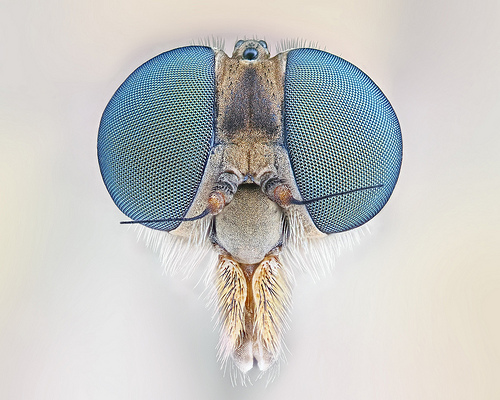
Robberfly Macro by Johan J.Ingles-Le Nobel on flickr (licensed CC-BY-ND)
As nature photographers we can take this concept further, for example that distant bright yellow patch becomes on closer inspection a riotous stand of broom flowers. Closer still we see clearly the intricate detail in each flower and seedpod that we can record in our close up photography.
Now go really close, look at the seedpod with its gossamer covering of fine hairs and we start to appreciate how things fit together. Whilst this is not a scientific approach it provides a raw and basic understanding, offers enlightenment and lets us become an integral part of nature. So by going close up and concentrating on a small part of the whole we have simplified our close up photography subject, made it basic, powerful and memorable.
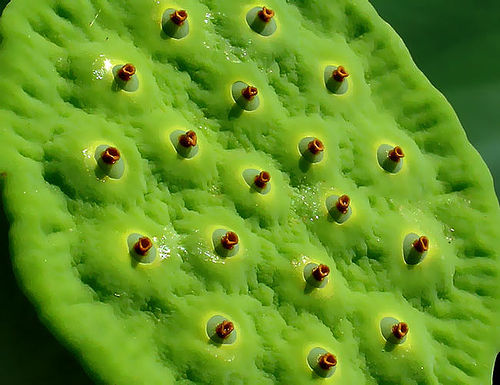
No More Petals... Lotus Pod by T Sea on flickr (licensed CC-BY)
There is no need to go far, finding close up nature photography opportunities should be seen as a journey of the soul, inner vision and contemplation rather than visiting a far off place. Often the deeper we look into our close up photography subjects the more rewarding they become. Without hesitation they reveal their treasures allowing us time to admire their quality. With this awareness the nature photographer with a passion for close up photography is indeed privileged.

John Shaw's Closeups in Nature (Practical Photography Books)
Appreciating that all these parts form an important relationship with each other makes it is easier to understand that the whole is made up of many unique parts and like pieces of a jigsaw they combine together to create a complete picture. Indeed, only by appreciating the significance of the smallest parts of our surroundings can we can start to make sense of nature as a whole and incorporate this awareness into our close up photography.

Understanding Close-up Photography: Creative Close Encounters with or without a Macro Lens
Emotion and drama and be found in often overlooked close up photography cameos, like a delicate flower growing defiantly in a boulder crevice, its tenuous grip on life dependent on the sustenance from the crevice debris. Yet it lives on year after year, testimony to its determination and resilience. It is this inter-action that is so enduring and compelling that makes these interesting subjects perfect for nature photography.
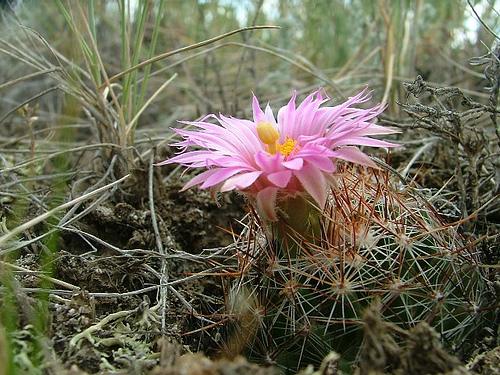
pincushion cactus by Bonnie on flickr (licensed CC-BY)
As a close up photographer getting close up to nature allows a greater understanding and appreciation of the beauty of the natural world. For example a cold clear winter day with breathtaking crispness can be ideal for close up photography, in these conditions there are magical patterns in snow, frost and shimmering icicles. Ice patterns make perfect winter close up photography subjects; they literally capture a moment frozen in time. Depending on the prevailing weather conditions some have smooth curves whilst others show harsh jagged lines providing creative close up photography opportunities.
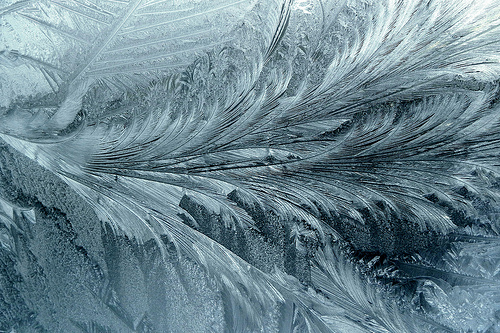
Fractal Structures by Ivan Turkouski on flickr (licensed CC-BY-SA)
Early morning in spring and summer can be a wonderful time to find close up photography subjects. Flowers and grasses covered with dew or fine rain make fascinating close up photography studies, the fine hairs hold onto droplets of water almost defy gravity. In the right conditions there may be insects that after a night’s inactivity have become encrusted with minute droplets. Butterflies make excellent close up photography subjects and look stunning covered in dew as they sparkle like a myriad of jewels.
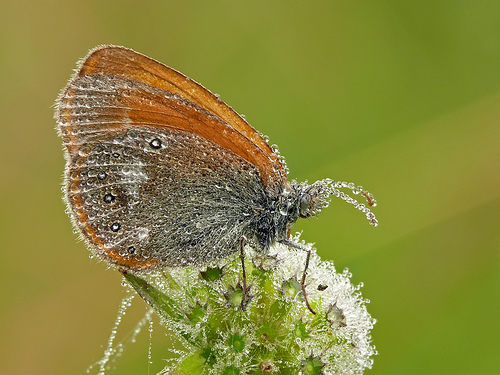
Chestnut Heath by Darius Baužys on flickr (licensed CC-BY-SA)

The Art and Science of Butterfly Photography
Light quality plays an important role in our close up photography, if it is too harsh the increase in contrast will actually block out the very close up detail we are trying to photograph. It is far better to have diffused light that occurs with high thin cloud cover. It provides a much softer quality of light and allows the detail, texture and nuances to be clearly seen and recorded in our close up photography. Color also influences our interpretation of the subject, vibrant colors like red and yellow for example suggest dominance and power, whereas muted tones like grey and browns convey basic, earthy and tranquil feelings.
So, if we approach our close up photography with childlike wonder and a renewed vision the natural world is undoubtedly a beautiful place. To fully appreciate it requires a little time and an inquisitive mind, it will reward you with the knowledge that even the simplest of things can bring satisfaction, contentment, harmony and inner peace.




